Library
-
Anyone can see why the Bedlington Terrier is called the "little lamb dog." That gentle manner, that lamb-soft coat, those tasseled ears... adorably affectionate and sweet, the Bedlington is the perfect combination of a loving and devoted family pet and a fiery, brave-hearted terrier that can run like the wind on the hunt or defend himself with lion-like courage if provoked.
-
There is a wide range of non-pharmaceutical products designed to improve a pet's behavior. There is little oversight for many of these products which means that any given product may not work for your pet. Ask your veterinarian before using any over-the-counter product for your pet. The label “natural” does not guarantee a product is safe to use in dogs and cats.
-
Behavioral problems can develop for many reasons. Genetics and the environment both contribute to behavior. When problematic behaviors arise, particularly if they develop suddenly or occur in older pets, it is important to screen for underlying medical conditions. The behavioral history provides valuable information to assist in determining the root cause for any behavioral concern.
-
Many behaviors are normal but problematic for a particular person or household. Some behaviors are not normal and may be unsafe for the pet or for others. The first step is to ask your veterinarian to examine your pet for signs of physical illness. Then, a behavior consultation can be scheduled to assess the behavior and design an appropriate treatment strategy.
-
Behavioral treatment plans almost always include behavior medication. Many dogs and cats can also benefit from medication that helps them learn more efficiently. When pets are very anxious, they may not be able to learn well. Drugs can help speed up the learning process. Many safe medications are available and fortunately, side effects are not common. It is important to have a behavioral and physical health assessment before giving medication.
-
There are numerous products on the market that have been designed to help prevent undesirable behavior in dogs. Leashes, harnesses, and head halters are needed to keep pets under control, especially when outdoors.
-
Foraging toys are designed to provide mental and physical exercise and enjoyment by simulating hunting and seeking for food. Both dogs and cats are natural hunters and scavengers. They benefit from exercising this part of their brain on a regular basis. Providing enrichment in the form of foraging toys can decrease boredom, improve enjoyment, and encourage dogs and cats to engage in species-specific behaviors in a desirable way.
-
Foraging toys are great for dogs and cats. They can be filled with treats or with the pet's regular food as an alternative to feeding from a dish. They offer mental and physical exercise while also providing benefits from sensory stimulation as they search for their meals. Dogs in particular benefit from the opportunity to solve puzzles in order to access food.
-
The Belgian Malinois is an intense, sensitive individual who is willing to dedicate himself not only to his jobs, but also to his human.
-
The Belgian Sheepdog is the long-coated, black version of what some people consider one breed, the Belgian Shepherd (or Continental Shepherd). Like all the members of this family, the Belgian Sheepdog is an active and intense companion, as well-suited for police work as for herding chores.


